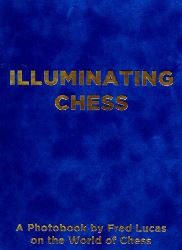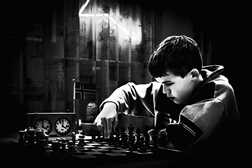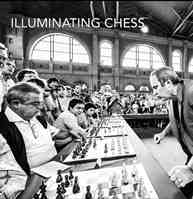Chess, a game that has fascinated people for centuries, has sparked debates about its classification as a sport, science, or art. Some Grandmasters argue it is a sport, while others see it as an art form. Remarkably, chess also serves as a social activity.
While online chess is popular, the game thrives in social settings like clubs, tournaments, and cafés, making it a unique activity for people of all ages and backgrounds. At events such as the Olympiad, chess players from different countries connect through the game’s international language of pieces, moves, and rules. Even in a park, chess can create connections between strangers.
Photography, like chess, can bridge time and distance, capturing moments that transcend language and culture. Photos preserve memories and showcase the world’s beauty and diversity. In today’s digital age, physical photo books still foster a sense of belonging.
Encouraged by a club mate and journalist, I embarked on a chess photo book project. After exploring my chess archive, I rescued select photos from obscurity. The collection showcases the game’s essence. The process made me realize that a different selection would create a distinct book.
Photographing chess players presents challenges. Unlike dynamic sports, chess is slower, requiring anticipation and knowledge of the game. Attention to lighting and composition enhances the visual impact.
Chess and photography connect people, breaking barriers and fostering understanding. Both offer a means of expression and appreciation for our shared humanity.
Fred Lucas April 2023






